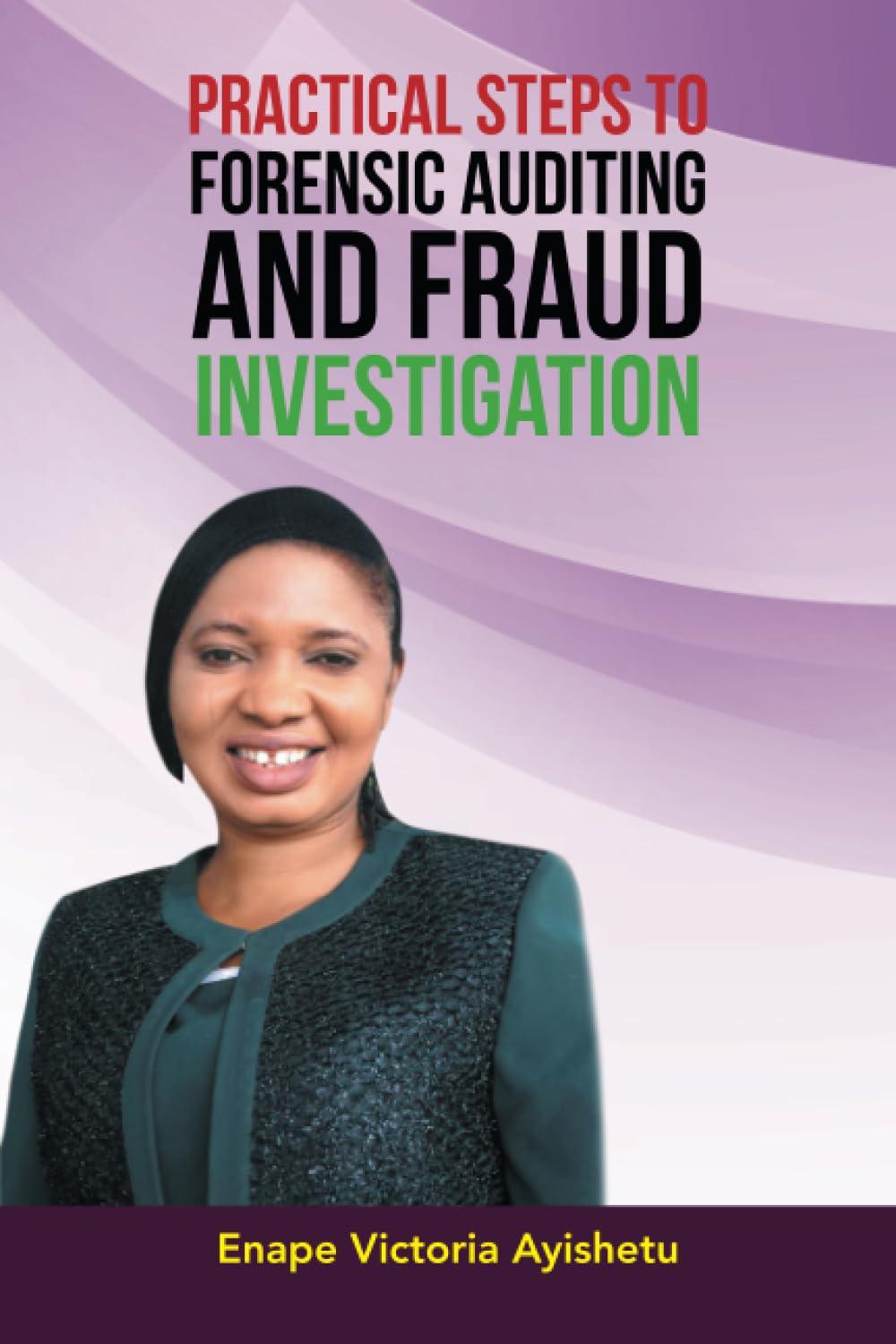Question
CVP Problem Business Description: After taking business classes, Jake, an avid dog-lover, decided to start selling unique pet supplies at trade shows. He has two
CVP Problem
Business Description:
After taking business classes, Jake, an avid dog-lover, decided to start selling unique pet supplies at trade shows. He has two products:
Product 1: "Launch-it"- a tennis ball thrower that will sell for $10.
Product 2: "Treat-time"- an automatic treat dispenser that releases a treat when the dog places his paw on the pedal. The treat dispenser will sell for $30.
Costs: Jake has hired an employee to work the trade show booths. The work contract is $1,000 per month plus a commission equal to 10% of revenue. Jake will also spend $500 per month on trade-show entry fees. Jake is purchasing the products from a supplier in Mexico. Launch-its cost $1 each; Treat-times cost $7 each. Shipping and handling on the Launch-its will cost $2 each; Shipping and handling on the Treat-times, which are heavier, will cost $8 each. The shipping and handling costs will be paid by Jake, not the customer.
Assume Jake expects to sell 200 Launch-its and 100 Treat-times during his first month of operations (June).
Jake's financial goal is to earn an operating income of $8,000 per month. He believes volume may grow at a rate of 5% a month.
**Tax Rate 35%
1a) Calculate the weighted average contribution margin (WACM) per unit.
1b) Use the WACM/unit to calculate the TOTAL number of units needed to breakeven . THEN, calculate the number of EACH type of product needed to breakeven. Finally, calculate the sales revenue associated with this volume for EACH product, and then the sales revenue to breakeven in total. Design your presentation of this data to make it clear to the reader what you are doing.
1c) Use the WACM/unit to calculate the total number of units needed to achieve Jake's target profit. THEN, calculate the number of EACH type of product needed to achieve the target profit. Finally, calculate sales revenue associated with this volume for EACH product, and then the sales revenue in total.
1d) Calculate the MOS using June sales as the expected sales. Calculate the MOS in terms of sales revenue and as a percentage. Also calculate the current operating leverage factor (round to the nearest 2 decimal places) and use it to determine the expected percentage change in operating income stemming from an expected change in sales volume. .
Step by Step Solution
There are 3 Steps involved in it
Step: 1

Get Instant Access to Expert-Tailored Solutions
See step-by-step solutions with expert insights and AI powered tools for academic success
Step: 2

Step: 3

Ace Your Homework with AI
Get the answers you need in no time with our AI-driven, step-by-step assistance
Get Started


